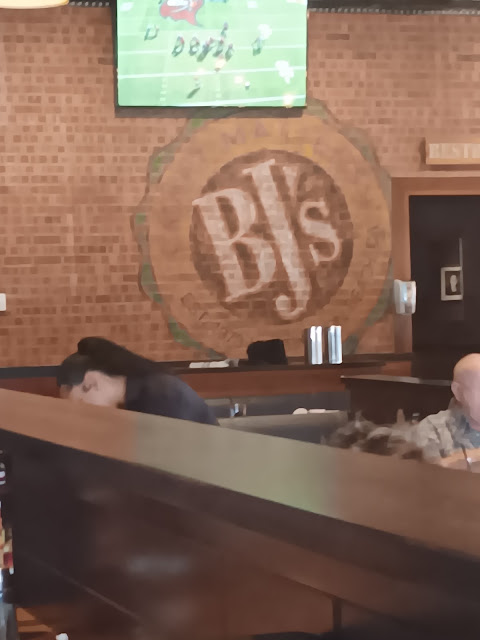"Piggies"
My bucket list goal on dining took a hit in 2024. My goal was for 26 NEW dining places and I only did 10. In 2025, I hope to become a Piggies, and eat at 52 different places. The new caveat is they can be repeats from previous years. I have found a lot of great places over the last 10 years of retirement and I want to retry some of those places. I still have a secondary goal to do 12 NEW places also.
My spreadsheet has over 350 restaurants to choose from. I have been trying to order it down by desire of going; here are my current number 10s (top desire). I have added a column titled "My Visits". None means New and I have added Once, Few, and Many.
I am always looking for people to go out to eat. If you see a place you like, let me know.
After only one week in the New Year of 2025, I have eaten at two places. Puts me ahead of schedule.
The first visit was to Terr Craft Sandwiches on Hibiscus in Melbourne. It was new for me and has been getting many raves on Facebook.
Only 50 places left to go in 2025.
About the Title
"Piggies" is a song by the English rock band the Beatles from their 1968 album The Beatles (also known as the "White Album"). Written by George Harrison as a social commentary, the song serves as an Orwellian satire on greed and consumerism. Among several elements it incorporates from classical music, the track features harpsichord and orchestral strings in the baroque pop style, which are contrasted by Harrison's acerbic lyrics and the sound of grunting pigs. Although credited to George Martin, the recording was largely produced by Chris Thomas, who also contributed the harpsichord part.
In the context of the turbulent political climate of 1968, "Piggies" was adopted by the counterculture as an anti-establishment theme song. It was also among the tracks on The Beatles that cult leader Charles Manson used as the foundation for his Helter Skelter theory of an American race-related countercultural revolution. Inspired especially by the line "What they need's a damn good whacking", Manson's followers left clues relating to the lyrics at the scenes of the Tate–LaBianca murders in August 1969.









.jpg)

Comments
Post a Comment